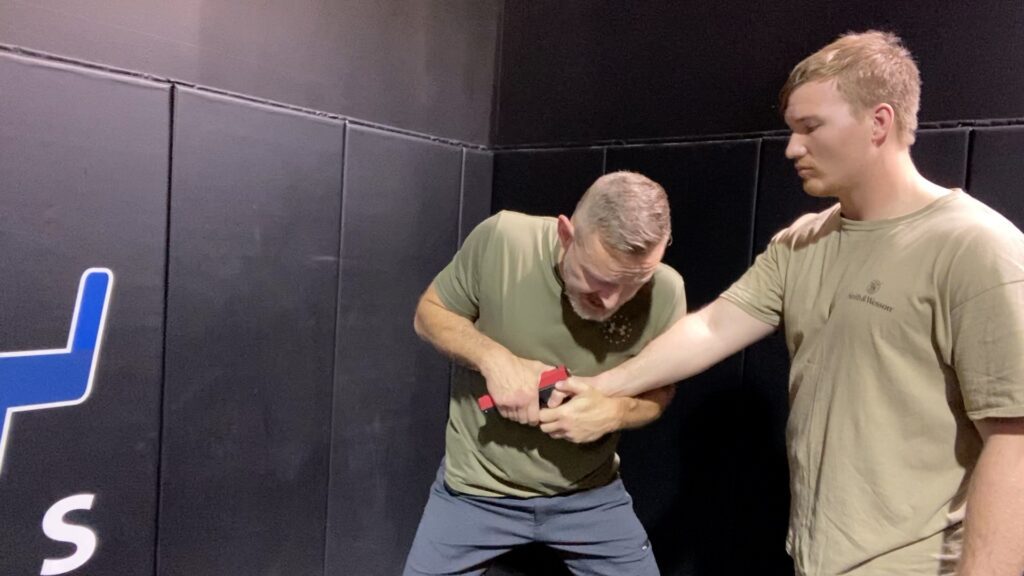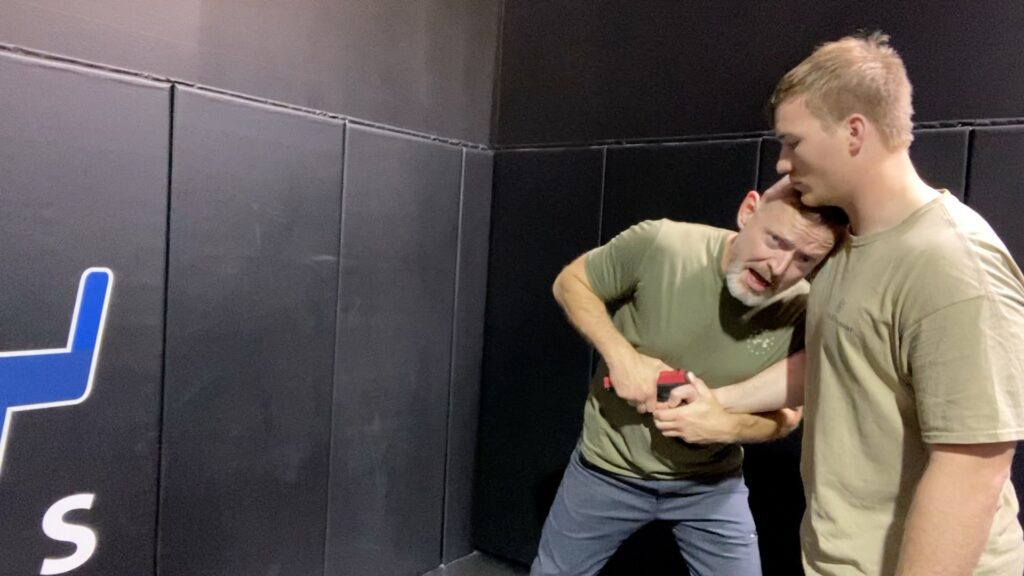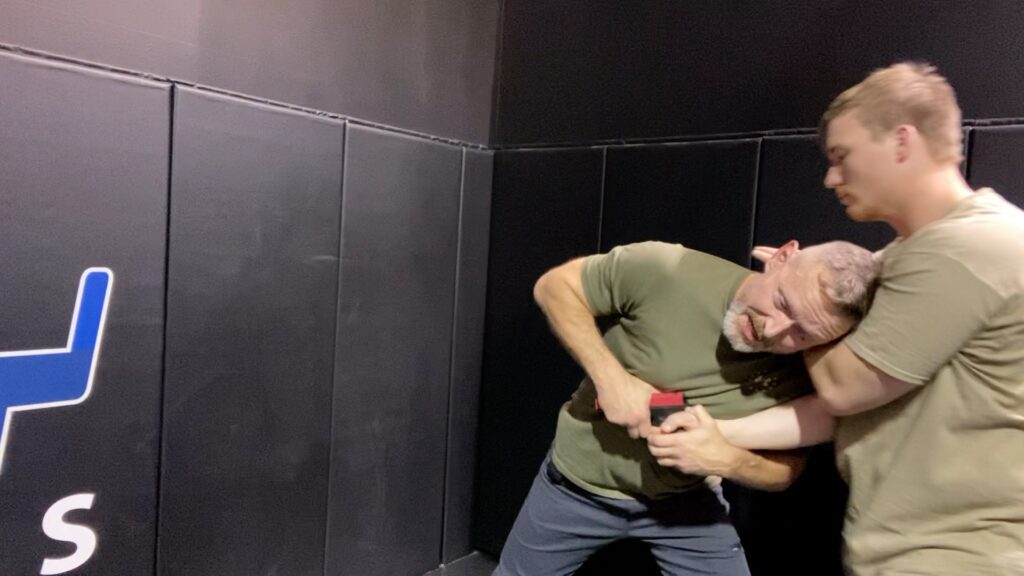- +1 (205) 540 - 1287
- Mon - Thu: 10AM - 8PM
3 Ways You Know Your Gun Disarm Technique is BS
No matter where you live on planet earth, potential violence and danger exist everywhere. Self-defense awareness and YouTube video mania are at an all-time high. The internet has always been a smorgasbord of questionable, if not deadly, answers to violent attack scenarios. In the last several years, it seems that the number of personal protection experts on the world wide web (showing my age there) has exploded. That being said, regardless of the technique, time and practice must be done. Practice refers to perfect practice. This means training against layers of real resistance, anything else is what one of my teachers, Marc Denny calls “Martial Arts and Crafts.” This article will give our opinion on what I feel are three critical components of the gun disarm, otherwise known as the holy grail of self-defense techniques. Why do I refer to it as the holy grail? I believe gun disarms are possibly one of the most challenging subjects for survival and actual reality-based training. Meaning there is a lot of stuff out there, and most of it is BS. That being said, let’s get right to it and discuss three criteria that will let you know if the disarm technique you practice is bullshit and, more importantly, will it more than likely get you killed.
1. Are you getting Offline? Now, my friends, I’m not talking about your internet service here. Does your body completely move offline when you initiate your disarm? Not sure? Well, the answer is simple to find out. Have your training partner stand in front of you. Get them to open and extend their hand, pretending to have a firearm pointed at you. Their job in the training scenario is to say “Bang” whenever you move or flinch. Were you offline? Or were you standing in the line of fire with your hands extended? Unless your training involves this critical component, I bet I know the answer. Let’s say you passed the first test, and you got offline of the weapon, and you get a hold of the weapon. Let me emphasize that getting in contact with the weapon doesn’t mean diddley if it’s not offline away from you. You passed the first component, time to move on to move on…

2. Are you bringing the weapon system into your workspace? Meaning, are you connecting your body to the weapon? Playing tug of war with a firearm is bad news. The solution is to secure the weapon as close to your body as possible with both hands. Muzzle pointed safely away, of course. That way, when grappling with it occurs, the opponent will have to contend with your total body weight connected, making it much harder to rip it away from you. Increasing your training rate of success exponentially. Good so far? Let’s take a look at…






3. Can you apply destructive force to your attacker while trying to control the weapon? Translated that means using the rest of your body to force your adversary to give you the weapon, a skill that has to be developed through many hours of proper training and drilling. If your opponent only has to think about holding on to the firearm, the odds favor them. The best strategy is to give the bad guy something to distract them to better receive the weapon system from them.




Hopefully, these components give you some things to examine in your training. Testing how we train under realistic criteria is really the only way to, as one of my instructors told me, “Die less Often.” Now go out there, put the time in, find the best methods out there. Because at the end of the day, when your life depends on it, you don’t want your preparation to be Bullshit.
Have You Been Shown The Correct Way To Disarm A Gun Or Was Your Technique Bullshit?
Please let us know if there is anything else that you would like to see!